
How to Use SSR SK40DA: Examples, Pinouts, and Specs
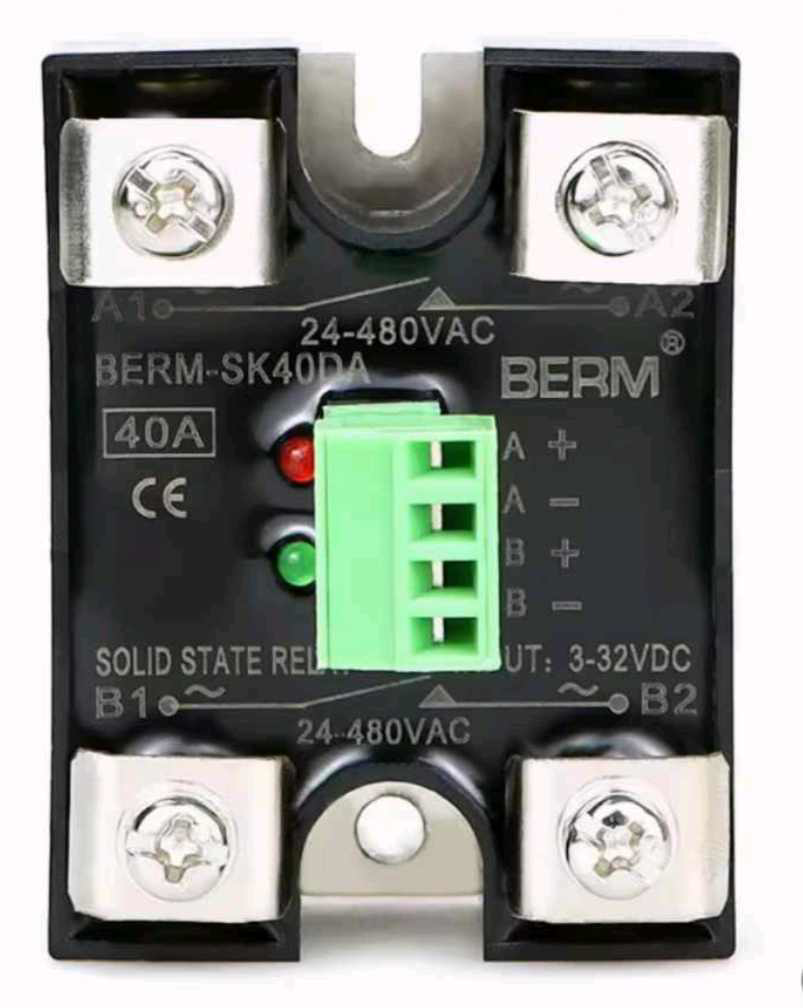
 Design with SSR SK40DA in Cirkit Designer
Design with SSR SK40DA in Cirkit DesignerIntroduction
The SSR SK40DA is a solid-state relay (SSR) designed for switching AC loads with high efficiency and reliability. Unlike mechanical relays, the SSR SK40DA operates silently and has no moving parts, making it ideal for applications requiring minimal wear and tear, fast switching times, and reduced electromagnetic interference (EMI). This relay is capable of handling up to 40A of current, making it suitable for high-power applications.
Explore Projects Built with SSR SK40DA
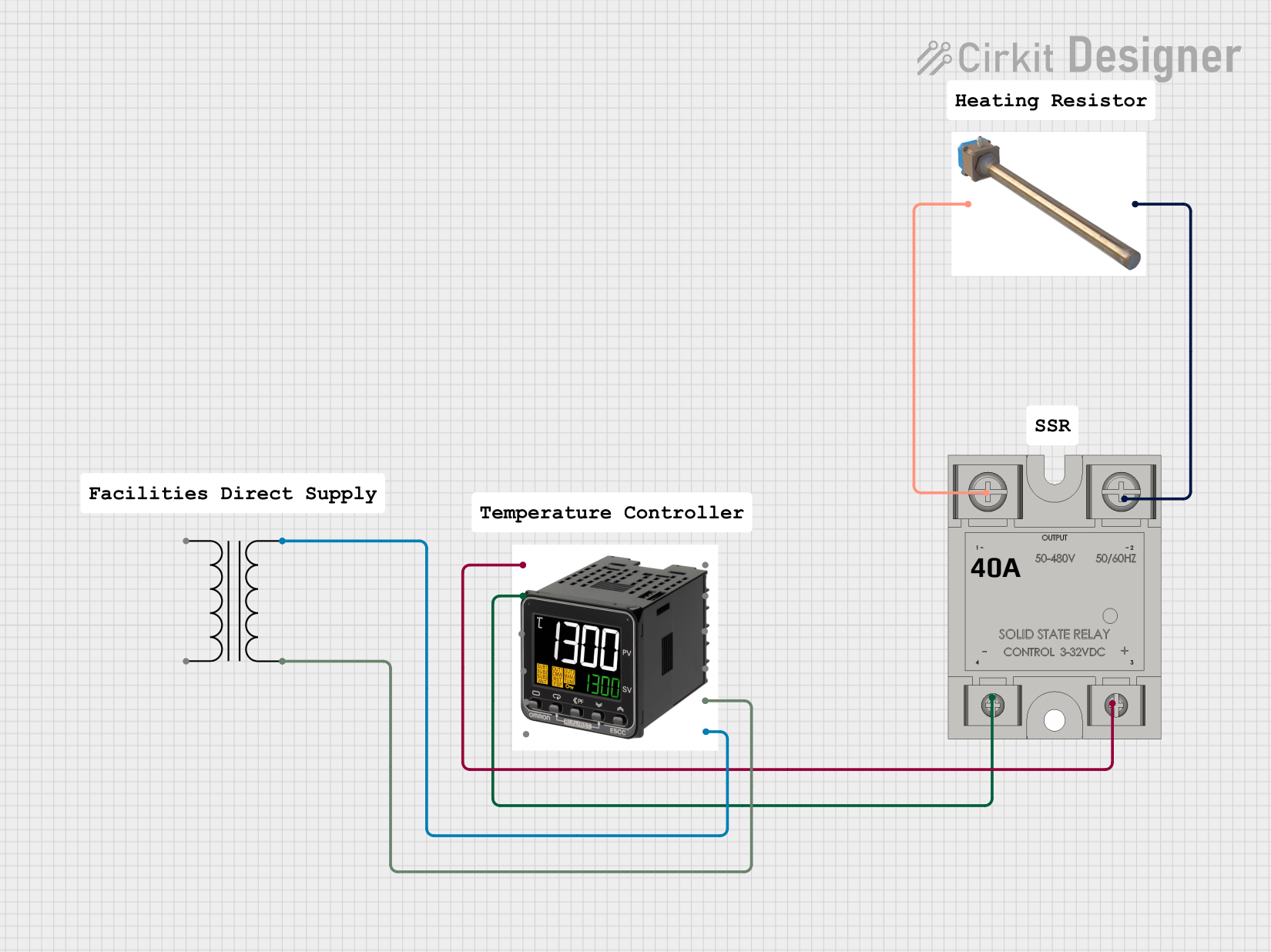
 Open Project in Cirkit Designer
Open Project in Cirkit Designer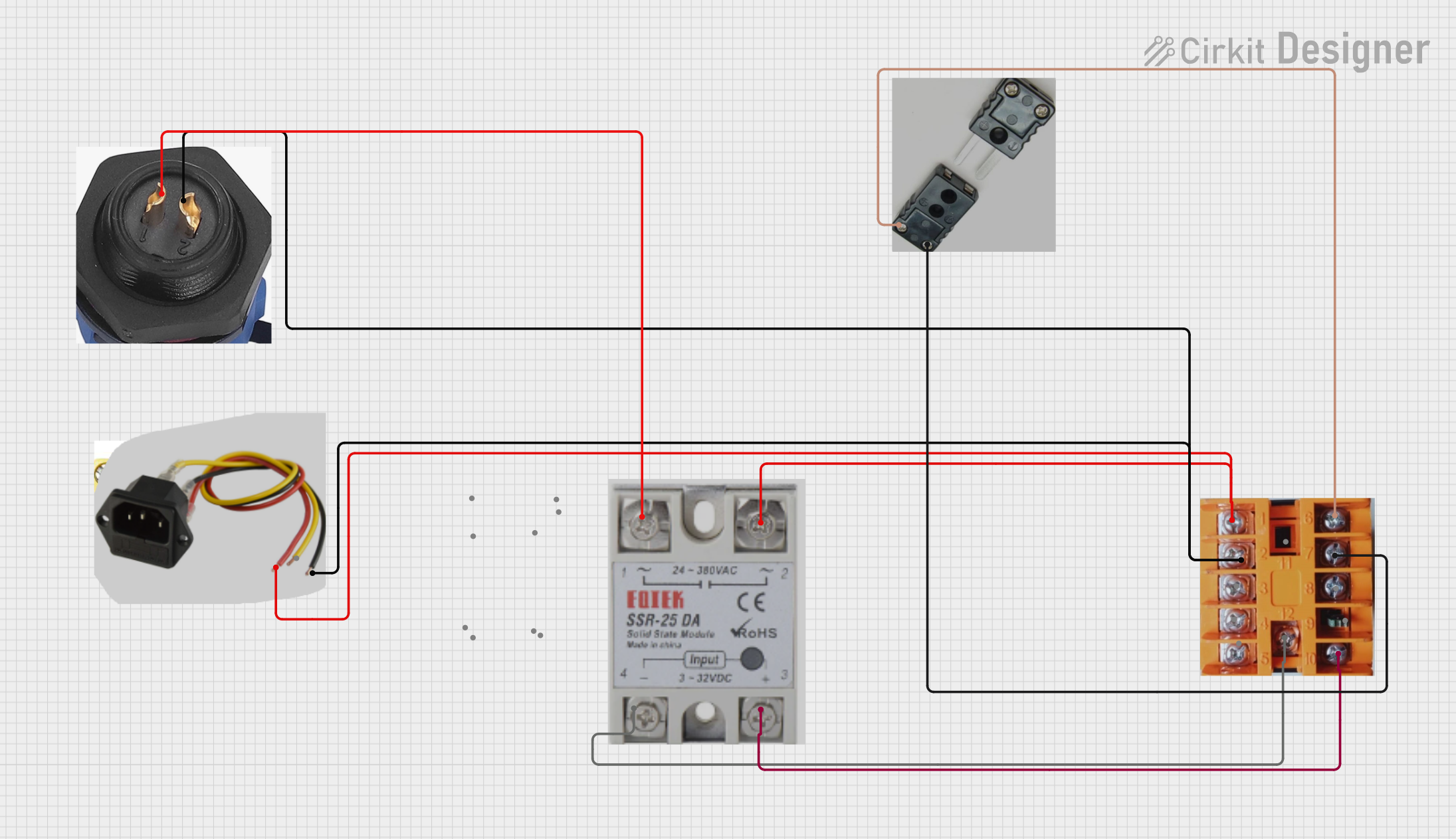
 Open Project in Cirkit Designer
Open Project in Cirkit Designer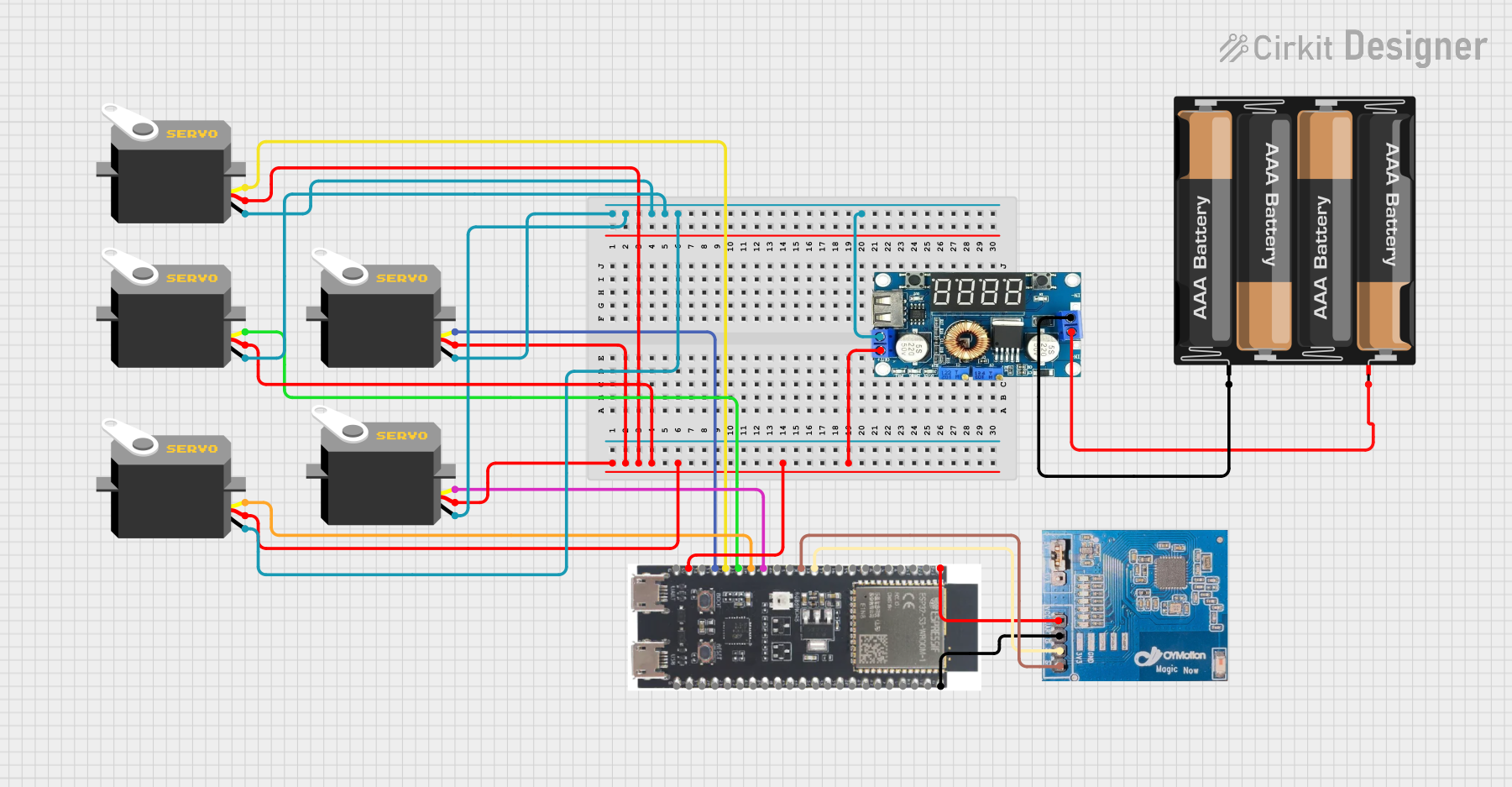
 Open Project in Cirkit Designer
Open Project in Cirkit Designer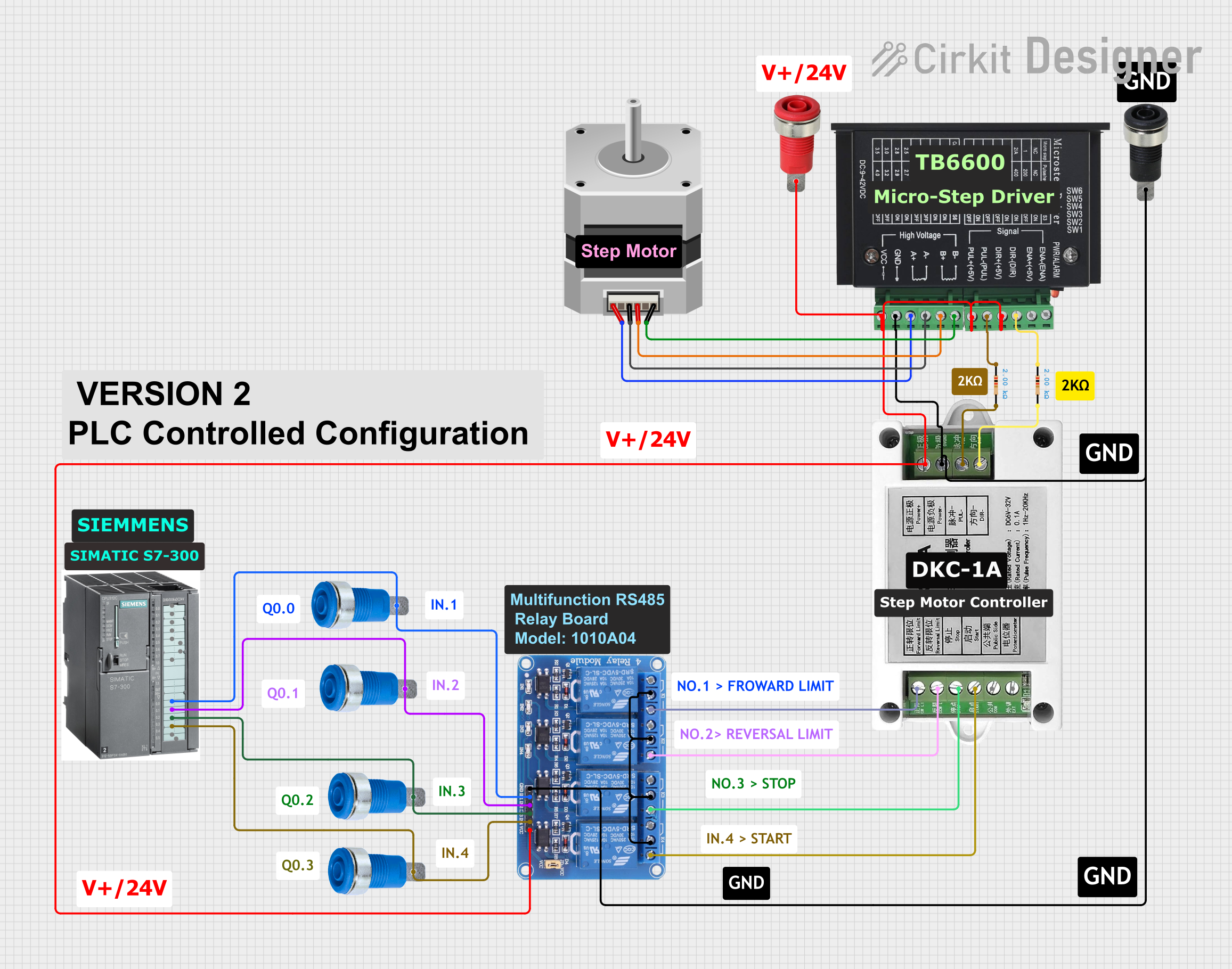
 Open Project in Cirkit Designer
Open Project in Cirkit DesignerExplore Projects Built with SSR SK40DA

 Open Project in Cirkit Designer
Open Project in Cirkit Designer
 Open Project in Cirkit Designer
Open Project in Cirkit Designer
 Open Project in Cirkit Designer
Open Project in Cirkit Designer
 Open Project in Cirkit Designer
Open Project in Cirkit DesignerCommon Applications and Use Cases
- Industrial automation and control systems
- Heating, ventilation, and air conditioning (HVAC) systems
- Motor control and lighting systems
- Home appliances and smart home devices
- Applications requiring silent operation and high durability
Technical Specifications
The SSR SK40DA is designed to handle high-power AC loads with precision and reliability. Below are its key technical details:
General Specifications
| Parameter | Value |
|---|---|
| Load Voltage Range | 24V AC to 380V AC |
| Maximum Load Current | 40A |
| Control Voltage Range | 3V DC to 32V DC |
| Trigger Current | ≤ 7.5mA |
| On-State Voltage Drop | ≤ 1.5V |
| Isolation Voltage | ≥ 2500V AC |
| Operating Temperature | -30°C to +80°C |
| Switching Speed | ≤ 10ms |
| Mounting Type | Panel Mount |
Pin Configuration and Descriptions
The SSR SK40DA has four terminals, as described below:
| Pin Number | Label | Description |
|---|---|---|
| 1 | Input (+) | Positive control signal input (3V DC to 32V DC) |
| 2 | Input (-) | Negative control signal input (ground) |
| 3 | Load (AC1) | AC load terminal 1 |
| 4 | Load (AC2) | AC load terminal 2 |
Usage Instructions
How to Use the SSR SK40DA in a Circuit
- Control Signal Connection: Connect the control signal to the input terminals (Pin 1 and Pin 2). Ensure the control voltage is within the range of 3V DC to 32V DC.
- Load Connection: Connect the AC load to the load terminals (Pin 3 and Pin 4). Ensure the load voltage and current do not exceed the specified limits (24V AC to 380V AC, up to 40A).
- Power Supply: Ensure the power supply for the control signal and the AC load are properly isolated to prevent damage to the relay or other components.
- Mounting: Secure the SSR SK40DA to a heat sink or panel to ensure proper heat dissipation during operation.
Important Considerations and Best Practices
- Heat Dissipation: The SSR SK40DA can generate heat during operation, especially at high currents. Use a heat sink or cooling fan to prevent overheating.
- Snubber Circuit: For inductive loads (e.g., motors), use a snubber circuit to suppress voltage spikes and protect the relay.
- Proper Wiring: Ensure all connections are secure and use appropriately rated wires for the load current.
- Isolation: Maintain proper isolation between the control and load circuits to avoid electrical hazards.
Example: Using SSR SK40DA with Arduino UNO
The SSR SK40DA can be easily controlled using an Arduino UNO. Below is an example circuit and code to toggle an AC load using the relay.
Circuit Diagram
- Connect the SSR input terminals:
- Pin 1 (Input +) to Arduino digital pin 9.
- Pin 2 (Input -) to Arduino GND.
- Connect the AC load to the SSR load terminals:
- Pin 3 (AC1) to one side of the AC load.
- Pin 4 (AC2) to the AC power source.
Arduino Code
// Define the pin connected to the SSR control input
const int ssrPin = 9;
void setup() {
// Set the SSR pin as an output
pinMode(ssrPin, OUTPUT);
}
void loop() {
// Turn the SSR (and connected load) ON
digitalWrite(ssrPin, HIGH);
delay(5000); // Keep the load ON for 5 seconds
// Turn the SSR (and connected load) OFF
digitalWrite(ssrPin, LOW);
delay(5000); // Keep the load OFF for 5 seconds
}
Note: Ensure the AC load and Arduino share a common ground only if required, and take necessary precautions when working with high-voltage AC circuits.
Troubleshooting and FAQs
Common Issues and Solutions
Relay Not Switching the Load
- Cause: Insufficient control voltage or current.
- Solution: Verify the control voltage is within the range of 3V DC to 32V DC and the trigger current is sufficient.
Excessive Heat Generation
- Cause: High load current or inadequate heat dissipation.
- Solution: Use a heat sink or cooling fan to dissipate heat effectively.
Load Not Turning Off Completely
- Cause: Leakage current in the SSR.
- Solution: Ensure the load can tolerate a small leakage current or use a mechanical relay for complete isolation.
Voltage Spikes Damaging the Relay
- Cause: Inductive load without a snubber circuit.
- Solution: Add a snubber circuit across the load terminals to suppress voltage spikes.
FAQs
Q1: Can the SSR SK40DA be used with DC loads?
A1: No, the SSR SK40DA is designed specifically for AC loads. For DC loads, use a DC-specific solid-state relay.
Q2: What is the maximum switching frequency of the SSR SK40DA?
A2: The SSR SK40DA has a switching speed of ≤ 10ms, making it suitable for low to moderate switching frequencies.
Q3: Is the SSR SK40DA polarity-sensitive on the input side?
A3: Yes, the input terminals are polarity-sensitive. Ensure the positive control signal is connected to Pin 1 (Input +) and the ground to Pin 2 (Input -).
Q4: Can I use the SSR SK40DA without a heat sink?
A4: It is not recommended to use the SSR SK40DA without a heat sink, especially for high-current applications, as it may overheat and fail.
By following this documentation, users can effectively integrate the SSR SK40DA into their projects and ensure reliable operation.